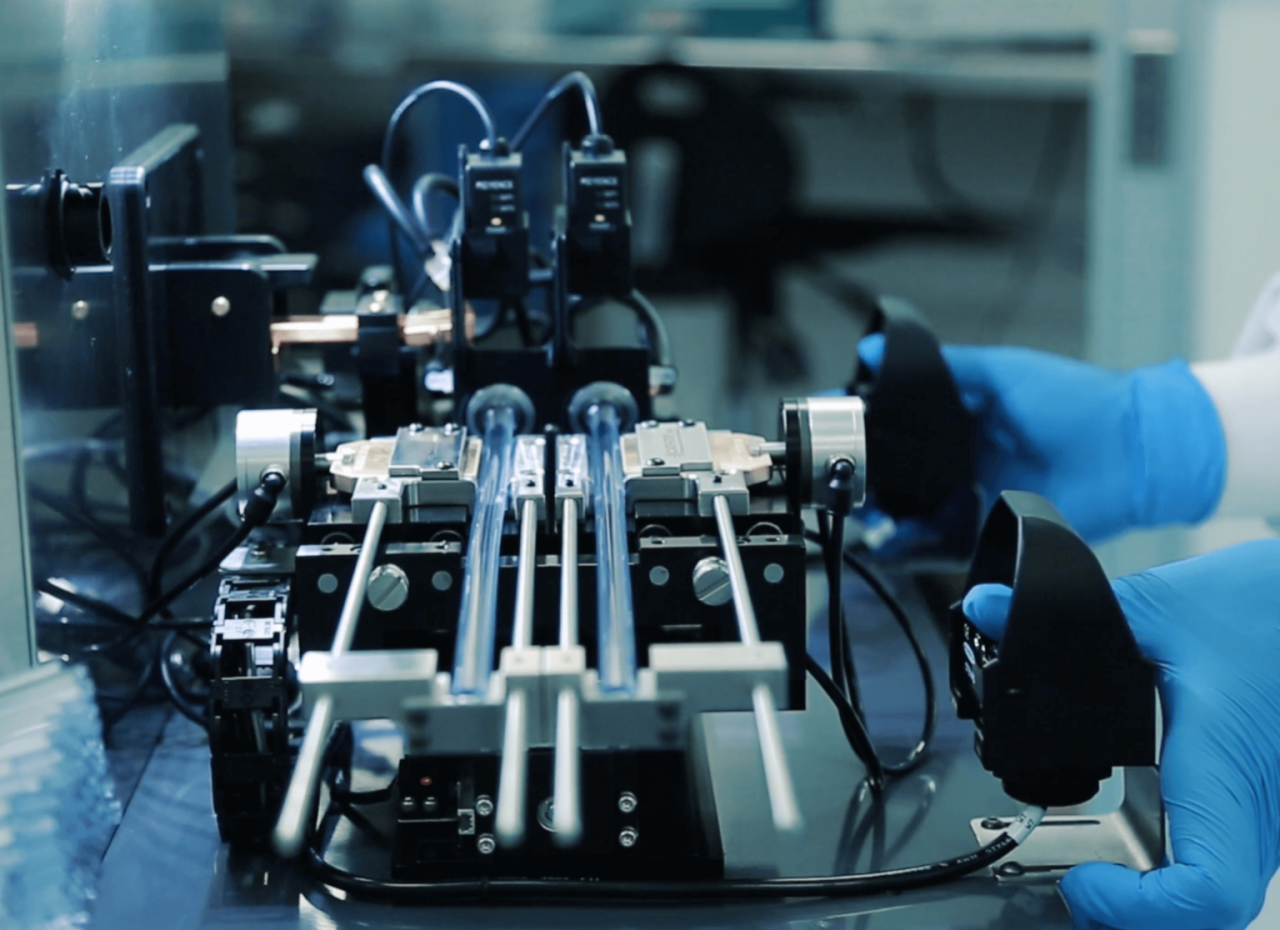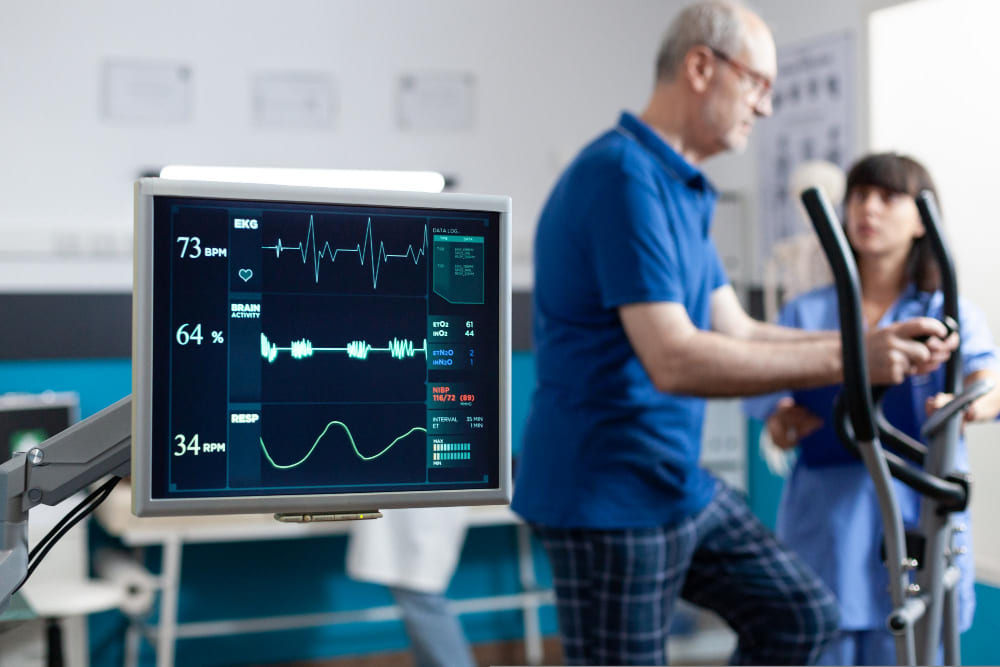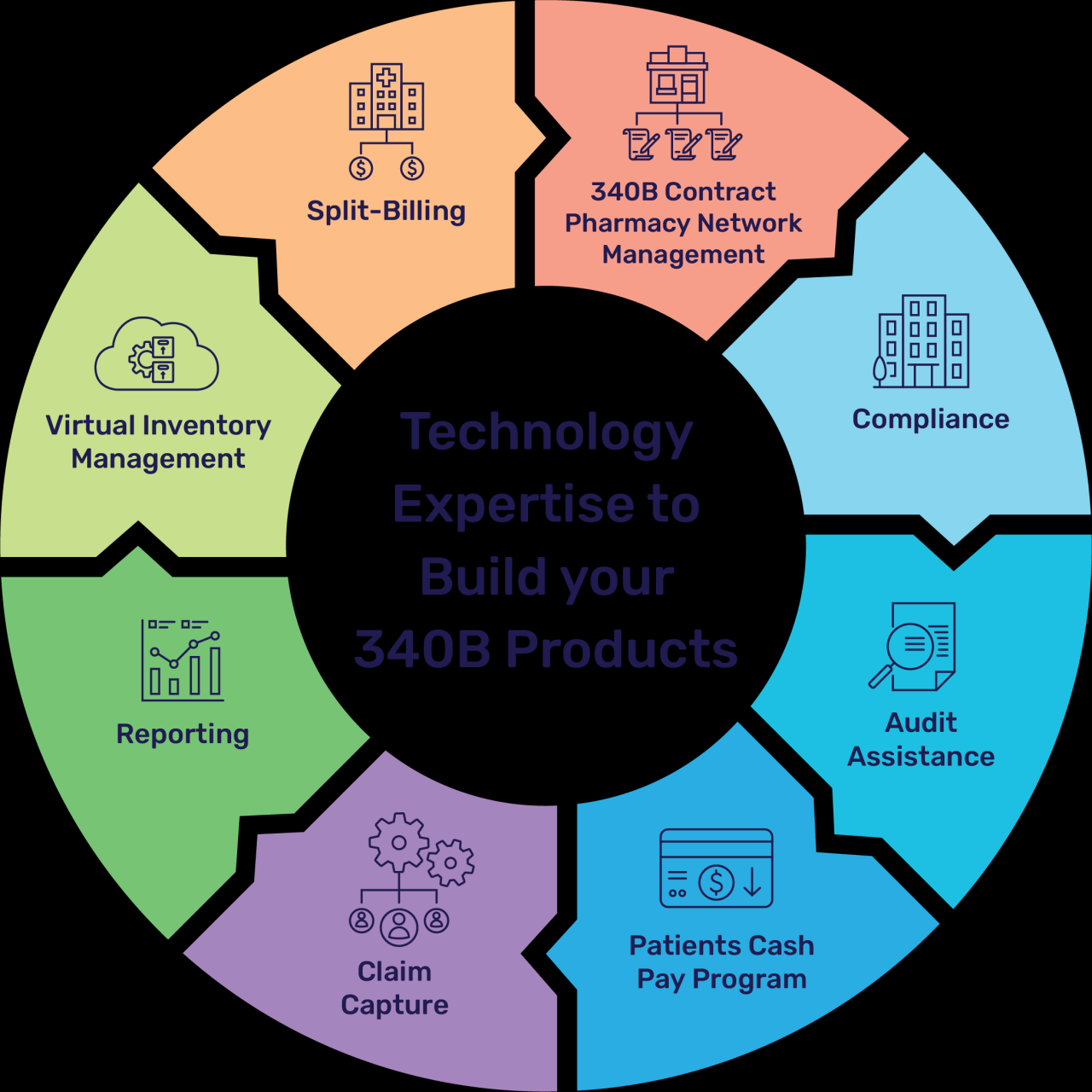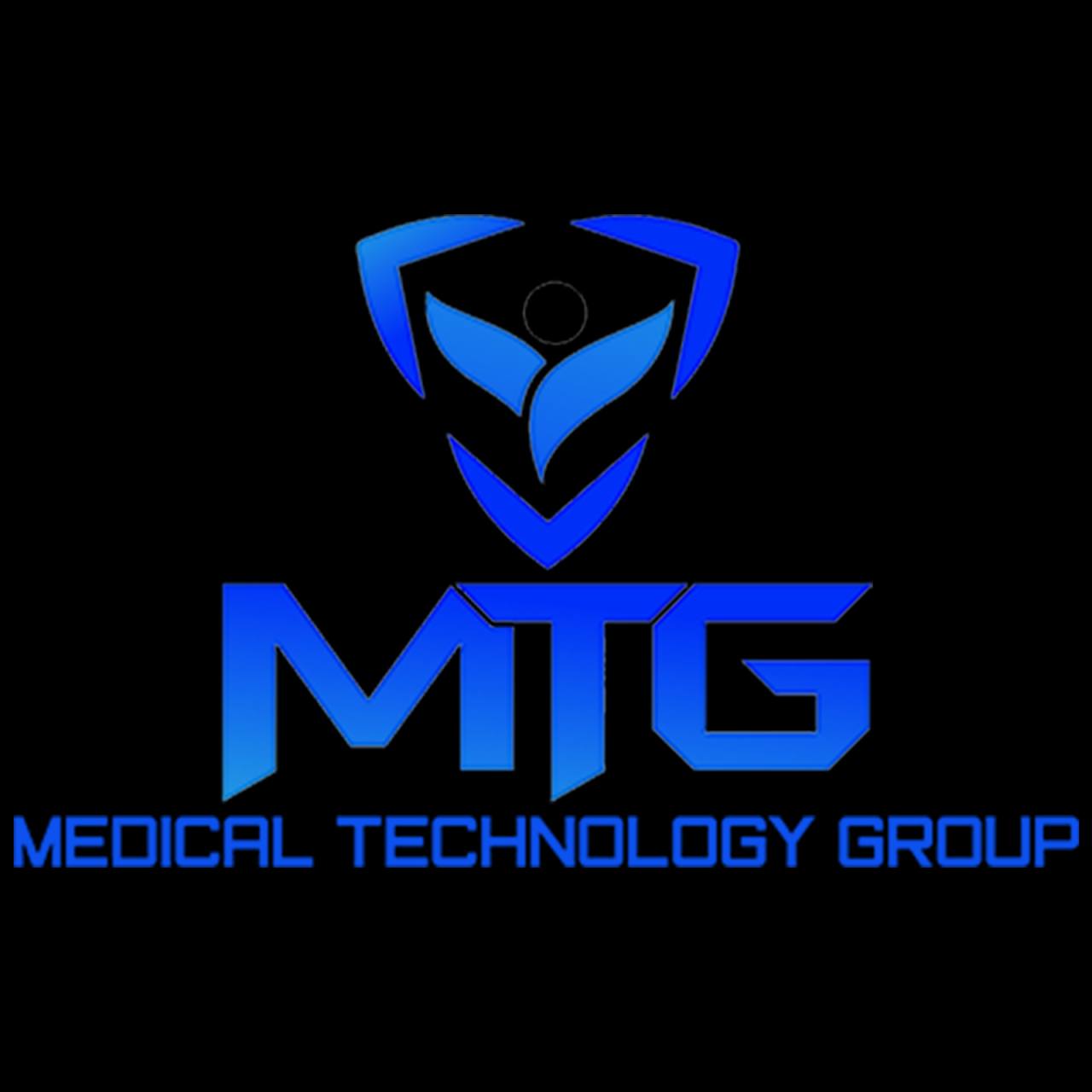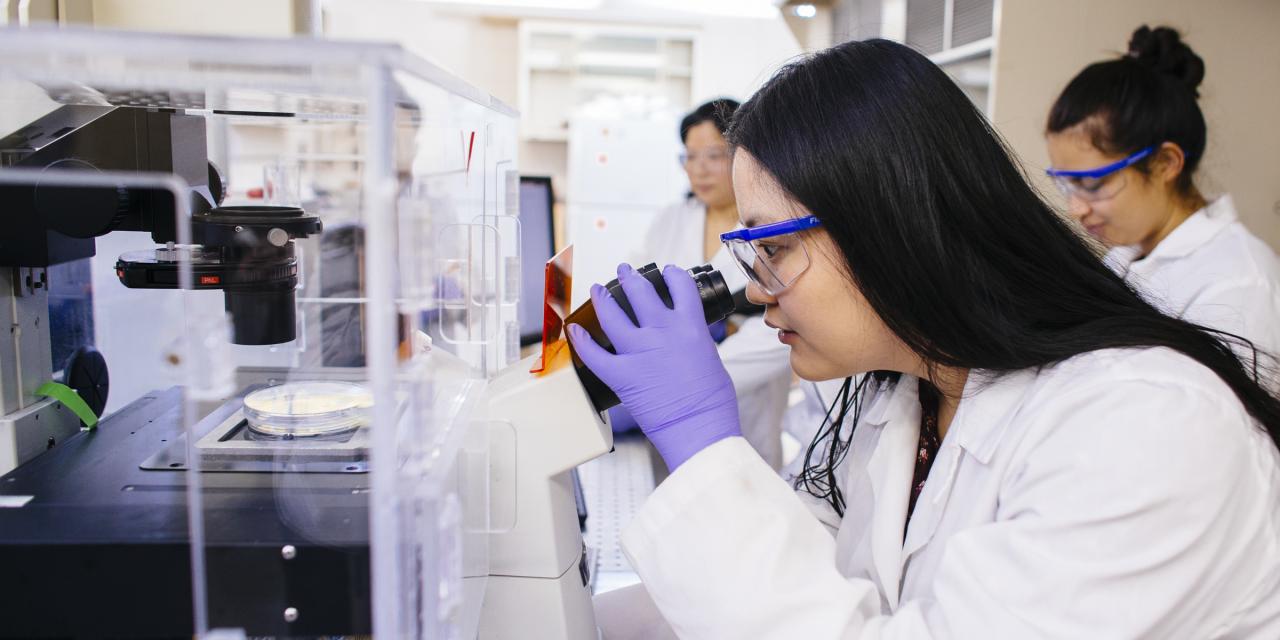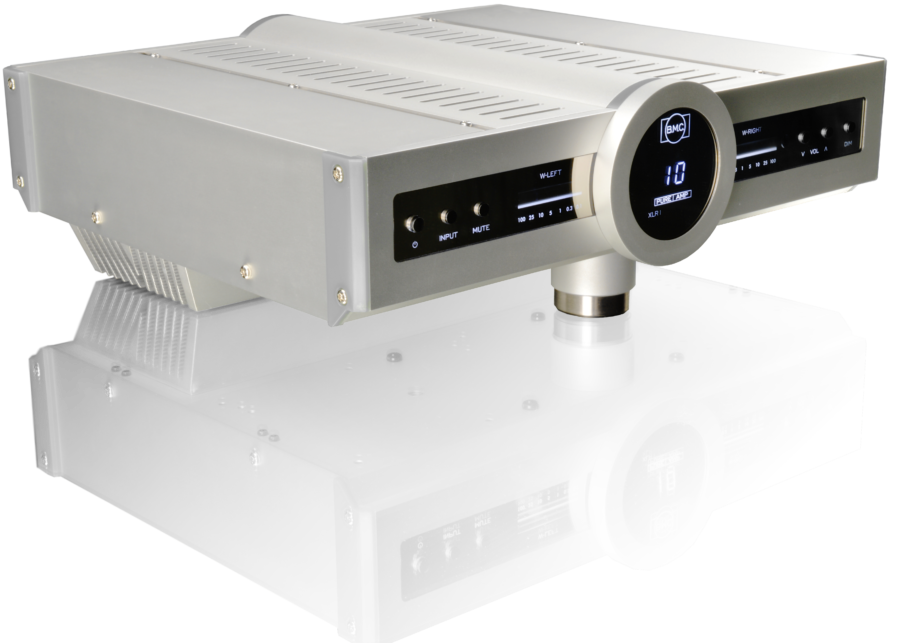Bachelor of Cardiovascular Technology: A Career in Heart Health
Bachelor of Cardiovascular Technology is a dynamic field that combines cutting-edge technology with the critical need for compassionate patient care. It offers a unique path for individuals passionate about making […]
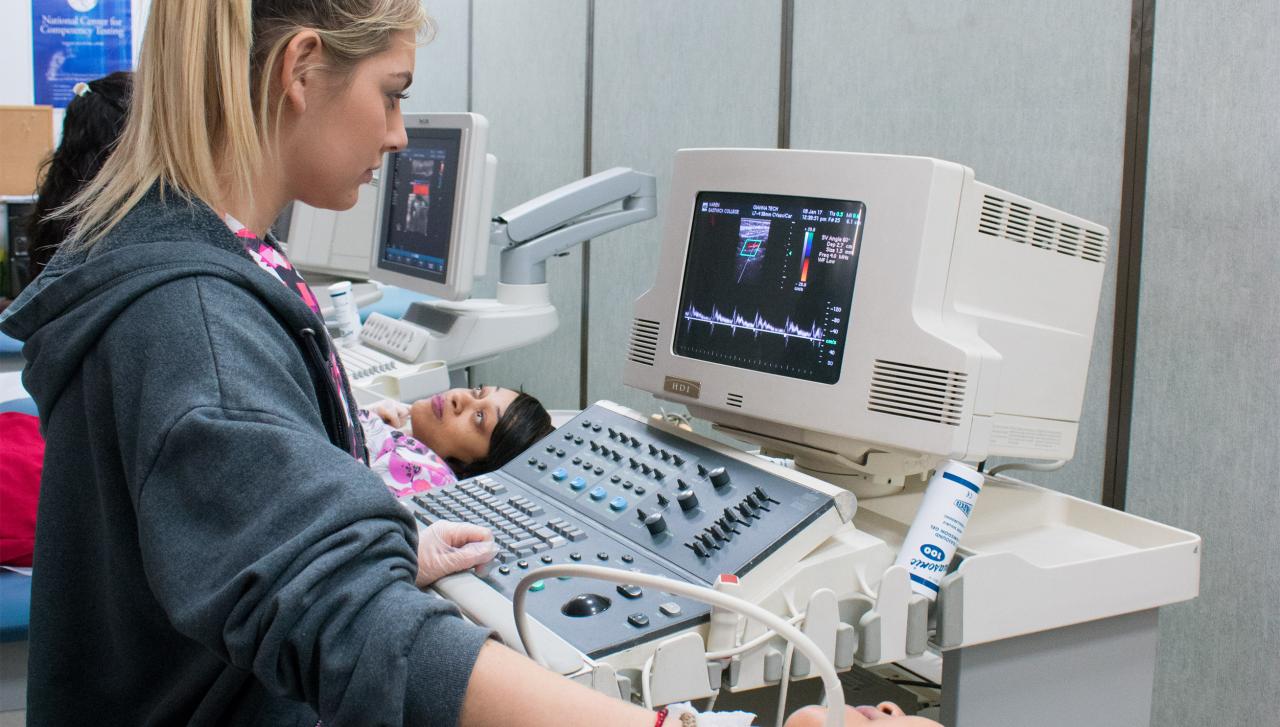
Bachelor of Cardiovascular Technology is a dynamic field that combines cutting-edge technology with the critical need for compassionate patient care. It offers a unique path for individuals passionate about making a difference in the lives of those facing heart health challenges.
Cardiovascular technologists play a vital role in the diagnosis and treatment of heart and blood vessel diseases. They operate sophisticated medical equipment, perform diagnostic tests, and assist physicians in providing optimal patient care. This profession demands a strong foundation in science, technology, and patient interaction, making it a rewarding and challenging career choice.
Overview of Cardiovascular Technology
Cardiovascular technology is a vital field within healthcare that focuses on the diagnosis, treatment, and management of heart and blood vessel conditions. It plays a crucial role in improving patient outcomes and quality of life by providing essential tools and techniques for assessing cardiovascular health.
History and Evolution of Cardiovascular Technology
Cardiovascular technology has undergone significant advancements throughout history, driven by innovations in medical imaging, surgical techniques, and device development. The evolution of this field can be traced back to the early 20th century with the introduction of the electrocardiogram (ECG), a non-invasive method for recording electrical activity in the heart.
- Early 20th Century: The development of the ECG revolutionized cardiovascular diagnosis, providing a way to identify heart rhythm abnormalities and other cardiac issues. This paved the way for further advancements in cardiovascular technology.
- Mid-20th Century: The introduction of cardiac catheterization in the 1950s allowed for the visualization of the heart chambers and blood vessels, leading to improved diagnosis and treatment of coronary artery disease. The development of the echocardiogram in the 1960s provided a non-invasive method for visualizing the heart’s structure and function.
- Late 20th Century and Beyond: The late 20th century saw the emergence of advanced imaging techniques, such as magnetic resonance imaging (MRI) and computed tomography (CT) scans, which provided detailed anatomical information about the heart and blood vessels. The development of minimally invasive surgical techniques, such as angioplasty and stenting, further revolutionized cardiovascular treatment. Recent advancements in cardiovascular technology include the development of implantable devices, such as pacemakers and defibrillators, as well as the use of artificial intelligence (AI) for cardiovascular risk assessment and disease management.
Areas of Specialization in Cardiovascular Technology
Cardiovascular technology encompasses a wide range of specialties, each with its unique set of skills and responsibilities. These specializations allow professionals to focus on specific areas of cardiovascular care, providing specialized expertise to patients.
- Echocardiography: This specialty focuses on using ultrasound to visualize the heart’s structure and function. Echocardiographers perform and interpret echocardiograms, which are used to diagnose a wide range of heart conditions, including heart valve disorders, coronary artery disease, and heart failure.
- Electrocardiography: Electrocardiographers are responsible for performing and interpreting electrocardiograms (ECGs), which record the electrical activity of the heart. They play a vital role in identifying heart rhythm abnormalities, such as arrhythmias, and in monitoring patients during cardiac procedures.
- Cardiac Catheterization: Cardiac catheterization technicians assist physicians in performing cardiac catheterization procedures. These procedures involve inserting a catheter into a blood vessel and threading it to the heart to diagnose and treat cardiovascular conditions. Cardiac catheterization technicians are responsible for setting up the equipment, assisting with the procedure, and monitoring the patient’s vital signs.
- Vascular Technology: Vascular technologists specialize in using ultrasound to visualize blood vessels. They perform and interpret vascular studies, which are used to diagnose and monitor conditions such as peripheral artery disease, deep vein thrombosis, and aneurysms.
- Cardiac Imaging: This specialty encompasses a range of imaging techniques, including magnetic resonance imaging (MRI), computed tomography (CT) scans, and nuclear medicine imaging. Cardiac imaging technologists are responsible for performing and interpreting these images, which provide detailed information about the heart and blood vessels.
Education and Training: Bachelor Of Cardiovascular Technology

A career in cardiovascular technology requires specialized education and training. Individuals aspiring to become cardiovascular technologists must complete a rigorous program that equips them with the necessary knowledge and skills to perform their duties effectively.
Educational Requirements
The educational path to becoming a cardiovascular technologist typically involves a combination of classroom instruction, clinical experience, and professional certification. Here are the common educational requirements:
- Associate’s Degree or Bachelor’s Degree: Most employers prefer candidates with at least an Associate’s Degree in Cardiovascular Technology (CVT) or a Bachelor of Science in Cardiovascular Technology (BSCVT). These programs provide a comprehensive foundation in cardiovascular anatomy, physiology, and technology.
- Accreditation: It is highly recommended that students choose programs accredited by the Commission on Accreditation of Allied Health Education Programs (CAAHEP) or the Joint Review Committee on Education in Cardiovascular Technology (JRCEVT). Accreditation ensures that the program meets rigorous standards for quality education and training.
Curriculum and Coursework, Bachelor of cardiovascular technology
Cardiovascular technology programs typically cover a wide range of subjects, including:
- Cardiovascular Anatomy and Physiology: Students gain a deep understanding of the structure and function of the heart, blood vessels, and circulatory system.
- Medical Terminology and Pharmacology: They learn the language of medicine and the effects of various medications on the cardiovascular system.
- Diagnostic Imaging Techniques: Students receive extensive training in performing and interpreting various diagnostic procedures, such as electrocardiograms (EKGs), echocardiograms, stress tests, and cardiac catheterizations.
- Patient Care and Communication: Emphasis is placed on patient interaction, communication skills, and providing compassionate care to patients undergoing cardiovascular procedures.
- Safety and Infection Control: Students learn about proper infection control measures and safety protocols to ensure the well-being of both patients and healthcare professionals.
- Ethical and Legal Considerations: The program addresses ethical and legal issues related to patient confidentiality, informed consent, and professional conduct.
Accreditation and Certification
After completing an accredited cardiovascular technology program, graduates are eligible to take a national certification exam. Certification demonstrates competency and professionalism and is often required for employment. The primary certifying bodies for cardiovascular technologists are:
- American Registry of Diagnostic Medical Sonographers (ARDMS): Offers certification in various specialties, including echocardiography, vascular technology, and fetal echocardiography.
- Cardiovascular Credentialing International (CCI): Provides certification in cardiac sonography, vascular sonography, and other cardiovascular technology specialties.
Technologies and Equipment
Cardiovascular technology relies on a wide array of sophisticated technologies and equipment to diagnose, treat, and monitor heart and vascular conditions. These tools are essential for visualizing the cardiovascular system, guiding interventions, and ensuring patient safety.
Cardiovascular Imaging Modalities
Cardiovascular imaging modalities play a crucial role in diagnosing and monitoring heart and vascular diseases. These technologies provide detailed anatomical and functional information about the heart, blood vessels, and surrounding structures.
- Echocardiography: This non-invasive imaging technique uses sound waves to create images of the heart. It provides information about heart size, shape, and function, as well as blood flow through the heart valves. Echocardiography is commonly used to diagnose heart conditions such as heart valve disease, coronary artery disease, and heart failure.
- Electrocardiography (ECG): ECG records the electrical activity of the heart using electrodes placed on the skin. It provides information about the heart’s rhythm and electrical conduction system, helping diagnose conditions like arrhythmias and heart attacks.
- Cardiac Catheterization: This invasive procedure involves inserting a thin, flexible tube (catheter) into a blood vessel and guiding it to the heart. It allows for visualization of the heart chambers, valves, and coronary arteries, as well as the ability to perform interventions such as angioplasty and stent placement.
- Computed Tomography (CT) Angiography: This imaging technique combines X-ray technology with computer processing to create detailed images of the heart and blood vessels. It provides information about the size, shape, and structure of blood vessels, aiding in the diagnosis of coronary artery disease, aortic aneurysms, and other vascular conditions.
- Magnetic Resonance Imaging (MRI): MRI uses magnetic fields and radio waves to create images of the heart and blood vessels. It provides detailed anatomical information and can be used to assess heart function, blood flow, and the presence of tissue damage.
Advanced Cardiovascular Technologies
Advances in technology have led to the development of innovative tools and techniques that enhance cardiovascular care. These technologies offer greater precision, minimally invasive approaches, and improved patient outcomes.
- Transcatheter Aortic Valve Replacement (TAVR): This minimally invasive procedure involves replacing a diseased aortic valve with a new valve delivered through a catheter. It offers an alternative to traditional open-heart surgery for patients with high surgical risk.
- Cardiac Resynchronization Therapy (CRT): CRT involves implanting a device that synchronizes the heart’s electrical activity to improve heart function in patients with heart failure.
- Implantable Cardioverter-Defibrillator (ICD): An ICD is a device implanted in the chest to detect and treat life-threatening arrhythmias, such as ventricular fibrillation.
- Robotic-Assisted Surgery: Robotic-assisted surgery allows surgeons to perform complex cardiac procedures with greater precision and minimally invasive techniques.
- Artificial Intelligence (AI): AI algorithms are being used to analyze medical images, predict cardiovascular risk, and personalize treatment plans.
Career Opportunities and Job Market
Cardiovascular technology offers a rewarding and fulfilling career path with a promising job market. As the population ages and cardiovascular disease remains a leading cause of death, the demand for qualified cardiovascular technologists is expected to continue growing. This section explores the diverse career opportunities, potential advancement paths, and insights into the salary expectations and work environment for cardiovascular technologists.
Career Paths and Advancement Opportunities
Cardiovascular technologists have a wide range of career paths and advancement opportunities within the healthcare industry. The field offers a diverse range of specializations, allowing professionals to tailor their career to their interests and skills.
- Echocardiography: Echocardiographers specialize in using ultrasound to create images of the heart, helping diagnose and monitor heart conditions.
- Electrocardiography (ECG): ECG technicians are responsible for performing electrocardiograms (EKGs), which record the electrical activity of the heart.
- Vascular Ultrasound: Vascular ultrasound technologists use ultrasound to visualize blood vessels, aiding in the diagnosis and treatment of vascular diseases.
- Cardiac Catheterization: Cardiac catheterization technologists assist physicians during invasive procedures, such as angiograms and stent placements.
- Cardiac Stress Testing: Cardiac stress testing technologists conduct stress tests to evaluate the heart’s response to exercise or medication.
- Cardiac Rehabilitation: Cardiac rehabilitation technologists work with patients recovering from heart attacks or other cardiac events, providing exercise programs and education.
- Research and Development: Some cardiovascular technologists choose to pursue careers in research and development, contributing to advancements in cardiovascular technology and treatment.
Advancement opportunities in the field include:
- Supervisory Roles: Experienced cardiovascular technologists can progress into supervisory positions, overseeing teams of technicians.
- Specialized Training: Obtaining certifications in specific areas, such as echocardiography or vascular ultrasound, can enhance career prospects and lead to higher salaries.
- Leadership Roles: With further education and experience, cardiovascular technologists can pursue leadership roles within healthcare organizations, contributing to policy development and program management.
Salary Expectations and Work Environment
The salary for cardiovascular technologists varies depending on experience, location, and specialization. According to the U.S. Bureau of Labor Statistics, the median annual salary for cardiovascular technologists was $62,330 in 2022.
- Entry-Level Salaries: Entry-level cardiovascular technologists typically earn salaries in the range of $45,000 to $55,000 per year.
- Experienced Professionals: Experienced cardiovascular technologists with advanced certifications and specialized skills can earn salaries of $70,000 to $90,000 or more.
- Location: Salaries tend to be higher in urban areas and in states with a high cost of living.
The work environment for cardiovascular technologists is typically in a hospital or clinic setting. They work closely with physicians, nurses, and other healthcare professionals to provide patient care. The work can be demanding at times, requiring long hours and on-call shifts. However, the opportunity to make a real difference in the lives of patients can be incredibly rewarding.
Skills and Qualities
A successful cardiovascular technologist possesses a unique blend of technical expertise, interpersonal skills, and personal qualities. These traits are essential for delivering high-quality patient care, collaborating effectively with healthcare professionals, and navigating the demanding environment of the cardiovascular field.
Communication Skills
Effective communication is vital for cardiovascular technologists, as they interact with patients, physicians, nurses, and other healthcare professionals. They must be able to explain procedures clearly and concisely to patients, answer their questions, and address their concerns. They also need to communicate effectively with physicians, providing accurate and timely information about patient conditions and test results.
- Patient Communication: Cardiovascular technologists need to explain procedures to patients in a way that is easy to understand, ensuring they feel comfortable and confident about the process. They also need to be empathetic and supportive, addressing any anxieties or concerns patients may have.
- Interprofessional Communication: Effective communication with physicians, nurses, and other healthcare professionals is crucial for ensuring smooth patient care. Technologists must be able to convey information accurately and concisely, contribute to team discussions, and collaborate effectively.
Teamwork Skills
Cardiovascular technologists are part of a multidisciplinary team, working closely with physicians, nurses, and other healthcare professionals. They must be able to collaborate effectively, contribute to team discussions, and work harmoniously with colleagues.
- Collaboration: Cardiovascular technologists need to work seamlessly with other healthcare professionals, sharing information, coordinating procedures, and ensuring patient safety. This requires strong communication, active listening, and a willingness to cooperate.
- Problem-Solving: In the fast-paced environment of a cardiovascular lab, challenges can arise. Technologists must be able to think critically, analyze situations, and work collaboratively to find solutions. This involves open communication, shared decision-making, and a commitment to patient well-being.
Problem-Solving Skills
Cardiovascular technologists often face unexpected situations and technical challenges. They must be able to think critically, analyze problems, and find solutions quickly and efficiently. This requires a strong understanding of cardiovascular technology, a logical approach to problem-solving, and the ability to adapt to changing circumstances.
- Technical Troubleshooting: Cardiovascular technologists need to be able to identify and resolve technical issues that may arise during procedures. This requires a strong understanding of equipment, a methodical approach to troubleshooting, and the ability to work under pressure.
- Clinical Decision-Making: In some situations, technologists may need to make quick decisions based on patient data and their knowledge of cardiovascular procedures. This requires critical thinking, the ability to assess risk, and a commitment to patient safety.
Critical Thinking
Cardiovascular technologists are responsible for interpreting complex data and making accurate diagnoses. This requires critical thinking skills, including the ability to analyze information, identify patterns, and draw logical conclusions.
- Data Analysis: Cardiovascular technologists need to interpret data from various sources, including electrocardiograms (ECGs), echocardiograms, and other diagnostic tests. This requires a strong understanding of cardiovascular physiology and the ability to analyze data accurately.
- Problem Identification: Technologists must be able to identify potential problems based on patient data and their knowledge of cardiovascular procedures. This involves critical thinking, the ability to recognize patterns, and a commitment to patient safety.
Attention to Detail
Cardiovascular technologists work with sensitive equipment and delicate procedures. They must have a keen eye for detail, ensuring accuracy in every step of the process. This includes meticulous preparation, precise measurements, and careful observation during procedures.
- Accurate Readings: Technologists need to ensure that all readings and measurements are accurate, as even small errors can have significant consequences for patient care. This requires a high level of attention to detail, careful calibration of equipment, and meticulous data recording.
- Procedural Precision: Cardiovascular procedures require a high degree of precision. Technologists must follow protocols carefully, maintain sterile technique, and ensure the accuracy of every step of the process. This requires a meticulous approach, a strong understanding of the procedures, and a commitment to patient safety.
Closing Summary
A Bachelor of Cardiovascular Technology provides a comprehensive education and training pathway for individuals seeking to contribute to the advancement of heart health. It equips them with the knowledge, skills, and dedication to excel in this critical field, ensuring they can make a meaningful impact on the lives of patients and their families.
A Bachelor of Cardiovascular Technology prepares you for a rewarding career in healthcare, where you’ll use advanced technology to diagnose and treat heart conditions. While your work will be focused on patient care, it’s also important to stay up-to-date on the latest advancements in medical technology, just like the 2024 Atlas Cross Sport SE with technology offers cutting-edge features for a seamless driving experience.
The same dedication to innovation and precision applies to the field of cardiovascular technology, where advancements in imaging, monitoring, and treatment continue to improve patient outcomes.
